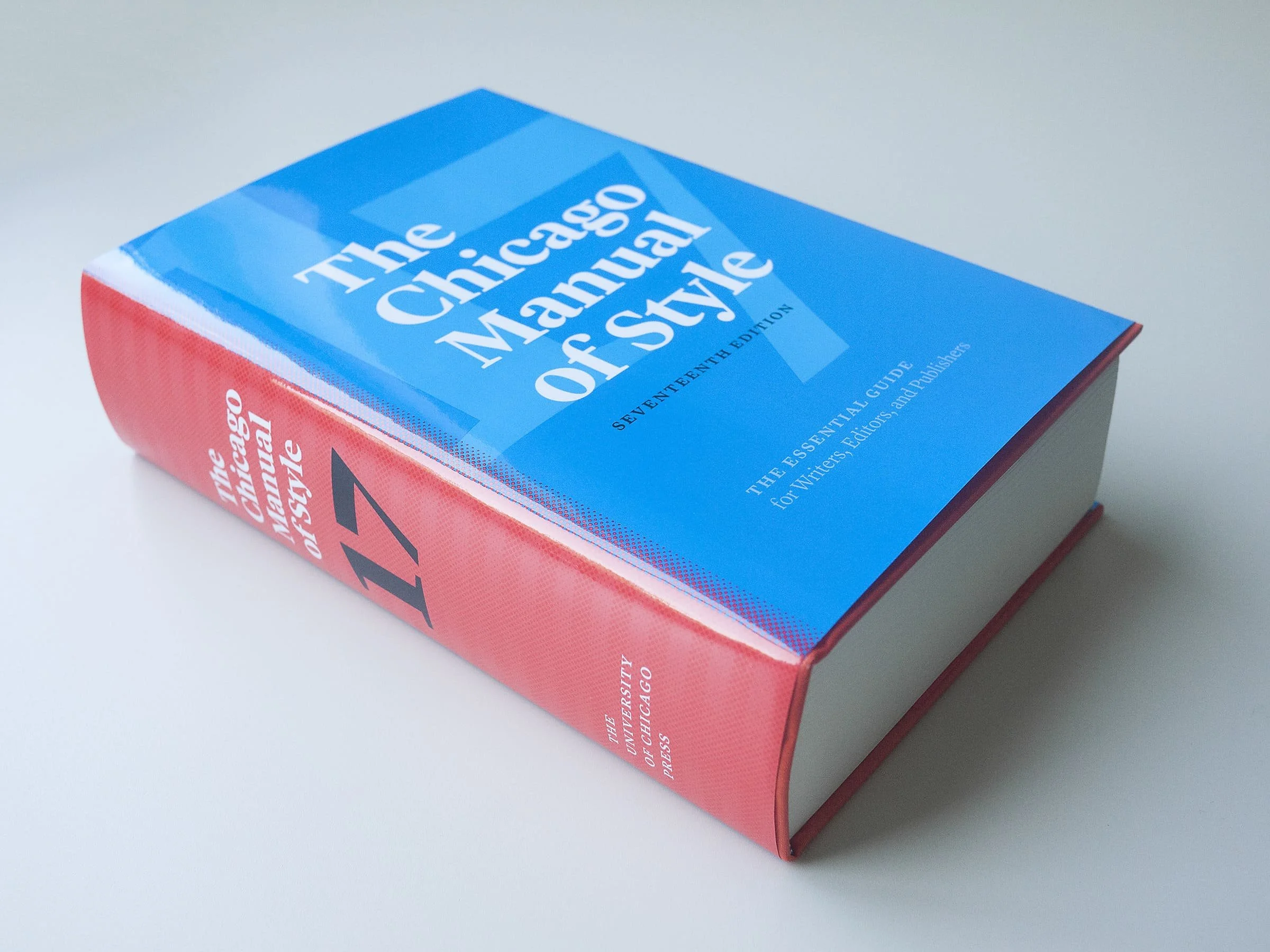Writing Inclusive Number Ranges (The Chicago Manual of Style)
The Chicago Manual of Style and Inclusive Numbers: What Authors Often Overlook
If you’re writing a range of numbers—ages, years, or page numbers, for example—it can be tough to know how to properly do so in your book. You need a system to follow so you can have some consistency and so you don’t look like an amateur.
Let me break it down for you.
I am a nonfiction book editor. And I’ve seen many confused authors who could use the help!
Nonfiction books typically use The Chicago Manual of Style (CMOS, for short) as the guide for style standards.
The Chicago Manual of Style spells out the rules for inclusive numbers in sections 9.60 through 9.64 of the 17th edition. In the 1,144-page print edition, this is pages 566 through 567. I’ll draw heavily from it below.
How to Write Ranges of Numbers in Chicago Style—with Examples
“An en dash used between two numbers implies up to and including, or through” (CMOS 17e, 9.60, p. 566).
Use an en dash. Do not use a hyphen or a minus symbol.
(For more about the en dash and how to insert it, see my post on that topic.)
See pages 85–120.
Here are the annual revenues for 2010–2019.
Contestants were divided into age groups 18–30, 30–45, 45–55, 55–65, and 65 and older.
Don’t use an en dash if from or between is used before the first of a pair of numbers.
Rather, when from is used, it should be followed by to or through or until.
Similarly, when between is used, it should be followed by and.
from 85 to 110
from 1789 to 1812
from January 1, 1897, through December 31, 1902 [note the comma after 1897]
between about 160 and 200
When spelling out inclusive numbers (i.e., numbers under 99, or under 9 in scientific and technical contexts and with number-laden books), join them by to, not by an en dash.
children aged four to six
fifteen to twenty koi
With page numbers, the preferred system, according to Chicago, is as follows (see CMOS 17e, §9.61, pages 566 and 567):
For page numbers less than 100, use all digits:
4–11
81–83
86–114
For page numbers beginning with 100 or multiples of 100, use all digits
100–105
1200–1213
For page numbers x01 through x09, use the changed part only:
101–4 (not 101–04, for example)
303–7
For page numbers x10 through x99, use two digits, unless more are needed to include all the changed parts:
253–64 (definition/meaning: “starting on page 253 and ending on page 264” or “pages 253 through 264, inclusive.”)
597–632
1077–79
1597–600
15454–514
13992–4002
“To avoid ambiguity, inclusive roman numerals are always given in full.”
xxvi–xxviii cvii–cix
An alternate system is to always include all digits, everywhere. See CMOS 17e, §9.62, p. 567.
253–254
12034–12035
A third acceptable system, per CMOS 17e, §9.62, p. 567, “is to include in the second number only the changed part of the first.” It looks like this:
253–4
12034–5
When I copy edit books for my nonfiction editing clients, I almost never use this system, let alone encounter it in book manuscripts.
According to CMOS 17e, §9.63, p. 567, when using inclusive numbers with commas, and when only numbers in the tens and hundreds place change, use the rules described in the “preferred system” above.
7,000–7,017
11,375–78
1,348,589–714
1,348,589–1,349,135
CMOS 17e, in §9.64, p. 567, tells us that “Inclusive years may be abbreviated following the pattern illustrated in 9.61.”
Note the word “may.” It doesn’t say “must.”
I don’t abbreviate the years. And I don’t use slash (aka strike) marks. Whatever you decide to do with the years, be consistent throughout.
1796–1801
the war of 1756–63
fiscal year 2021–22 (or 2021/21; see 6.107); FY 2021–22
the winter of 2000–2001
in 1604–5
“When the century changes, however, or when the sequence is BCE, BC, or BP (diminishing numbers), all digits must be presented.”
(Be sure to write BC or BCE before AD or CE.)
427–422 BCE (six years, inclusively)
427–22 (406 years, inclusively)
110 BC–AD 10
20,000–14,000 BP
Chicago specifies the following in §9.64, p. 567:
“In book titles it is customary but not obligatory to repeat all digits; when a title is mentioned or cited, the form of the original should be respected (see also 8.165).”
When you create a book title (or article title, or what have you), you should repeat all digits.
A book about the US Civil War, for example, might have 1861–1865 in the title, not 1861–65 or 1861/65.
When citing a book in a references, bibliography, or notes entry, don’t change the numbers or dates on the title to fit your system. (You may, however, use the preferred or intended punctuation—such as an en dash, or a colon before the subtitle—if it wasn’t used in the original.)
The most important thing to remember is to choose a system, and be consistent!
Armed with this information from The Chicago Manual, you should be better able to write out ranges of numbers in your nonfiction book manuscript!
You may also like my other resources:
When to Write out Numbers, according to The Chicago Manual of Style
Editing services / copy editing for nonfiction authors
You got this!
P.S.: Want to have a little fun and see how much you (now) know about inclusive numbers?
Test your knowledge by quizzing yourself with Chicago Style Workout 12: Inclusive Numbers.

